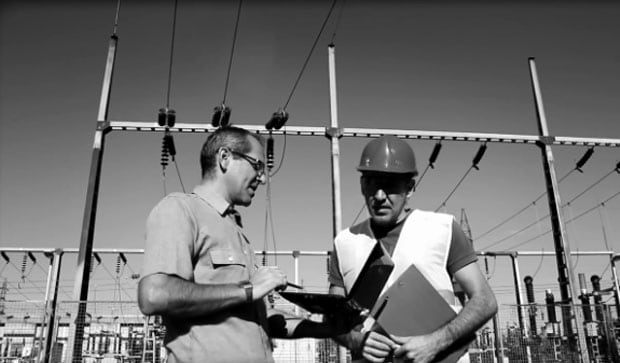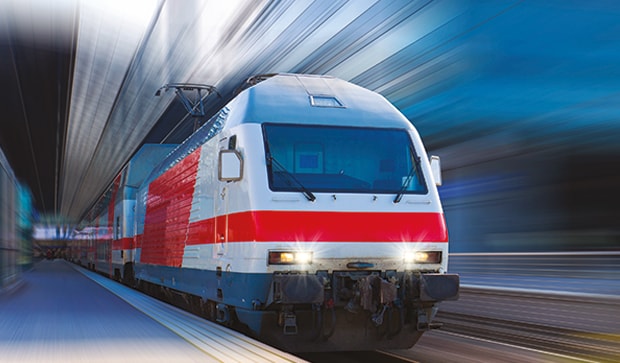AUTHOR
Benjamin Nelson, Engineer, Industry Expert
Smart cities and connected communities have become a hot topic in the last few years. With the increased focus and dropping costs of connected and sensing technology, the environment is ripe for some revolutionary advances in the areas of transportation, utilities, and buildings. Although the definition of a “smart city” is still ambiguous, the value of connectivity in these three areas is clear. Regardless of scale, the successful implementation of a “smart-city strategy” requires large scale coordination and cooperation. The payoff is high, as there are significant gains to be made in energy efficiency, operational optimization, and overall customer experience. Transportation is one of the most significant areas to benefit from advanced connectivity solutions. By utilizing more and richer data capturing traffic flows, weather, parking, road conditions, and more, transportation authorities can improve system performance and minimize traffic congestion, which in turn improves travel times and reduces carbon emissions. With a connected strategy, city departments enable residents to receive better services. For example, a resident could use their smartphone to track bus and subway routes in real time. This enables them to see when the bus will arrive, as opposed to gauging their trip on the expected time arrival printed on the paper schedule. This kind of digital capability would help residents make better decisions when selecting the fastest, most efficient method of reaching their destination.
In a connected vehicle, when the system is communicating with the traffic lights, street lights, and other cars, it can help the driver more efficiently navigate the city. The car could anticipate when traffic lights will change and offer alternate routes. It can also report an accident and provide a real-time view of available parking. This level of connectivity also serves pedestrians: They could easily report potholes, glass or debris on the road, or other information about traffic conditions. The constant stream of available data – from connected cameras to car sensors – can help the municipal government quickly detect and respond to issues. It also provides them with the capability to more accurately track incidents over time. Sensor data in particular can help the transportation authority identify traffic patterns and establish detours for public works projects. From driver’s and pedestrian’s perspective, this kind of intelligent system provides a real-time personalized tool for navigating a congested area. Similar to improving roadway conditions, connected infrastructure can help utilities predict maintenance needs. For example, the system could detect early signs of possible electrical grid failure, enabling the utility to upgrade the grid before a failure occurs. It can also help them monitor, manage, and redirect the power supply – or inject additional power from non-traditional alternative energy sources – to meet real-time consumer demand. Currently, the Supervisory Control and Data Acquisition (SCADA) systems lack the flexibility to deliver a coordinated response for a complex system. But the advantages of having this capability are clear: This kind of coordinated response from the smart grid can minimize downtime and help predict failures before they happen. The data from this real-time capture would help utility companies more effectively track usage patterns, analyze long term behaviors, and optimize power generation. Additionally, it enables consumers to better monitor their energy use.
-
Developing Rail Solutions (English)
-
Webinar: Ensuring the Reliability of Street Lighting Equipment
A connected system would also help monitor and manage water and gas services. From leakage identification and prevention to usage optimization, this system would enable utilities to better manage consumer use and generate greater operational savings. Similar to the electrical grid, this kind of system could help improve cost performance and prevent leaks and breaks, while reducing system waste. Buildings are complicated systems that can also benefit from a connected strategy for technology that optimizes and automates energy use. Adding sensors will help capture information crucial to making decisions about energy optimization, such as improving lighting and HVAC efficiency. These sensing technologies can turn a building into a very flexible system capable of responding to occupant needs. The result is a system which adjusts lighting, heating, and other environmental attributes while maximizing energy efficiency and overall system performance.

Sensor data can help utilities predict maintenance needs. For example, the system could detect early signs of possible electrical grid failure, enabling the utility to upgrade the grid before a failure occurs. It can also help them monitor, manage, and redirect the power supply – or inject additional power from non-traditional alternative energy sources – to meet real-time consumer demand.
THE PATH FORWARD
While the decreasing costs of connectivity are accelerating the adoption of this integrated systems for public communications, utilities, and transportation, municipalities still face significant challenges to implement these types of systems. The primary challenge is that investments in these systems require a clear vision, continuous advocacy, strong leadership, and sufficient capital to begin – as well as to sustain momentum for these projects over the many years it often takes to complete them. Making the implementation of advanced sensing and control technologies difficult are strict municipal budgets, siloed city departments, and staff inexperience with technology. To successfully implement this technology, municipalities need to establish strong coordination between all stakeholders – including utilities and private entities. Creating a path forward begins with a clear understanding of the program’s key pieces and how they converge – elements which the connected strategy would outline. The key to turning the strategy into a transformed public system requires cities and utilities to work closely together to reach their respective goals.
About the Author
More Content by TE Connectivity
























